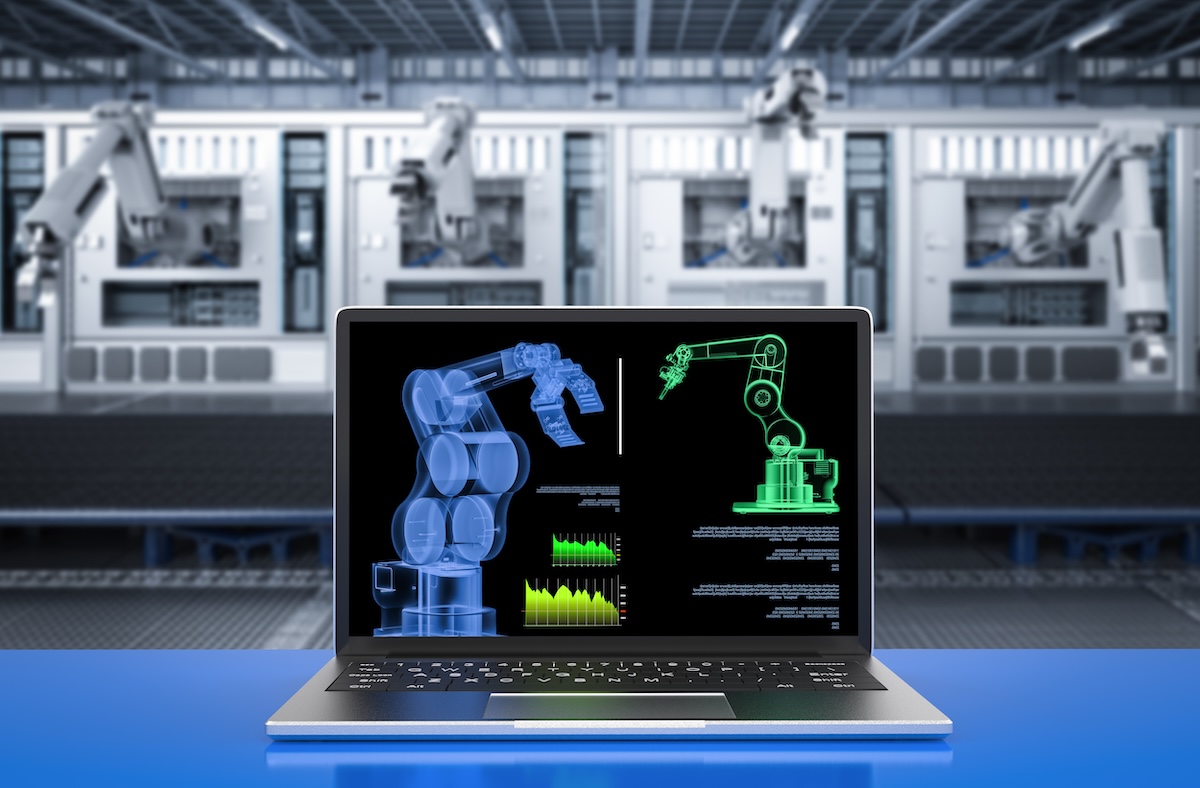5 Ways to Achieve More Sustainable Manufacturing Practices
Businesses today are tasked with a lot more than just increasing profitability. Consumers are gradually becoming more aware of the consequences of unsustainable practices, and they’re demanding that companies change their ways. Today, sustainable manufacturing practices are no longer just a nice-to-have; they’re a business necessity.
Small businesses, in particular, balk at the thought of making changes to their practices, often because they believe it will be too expensive or time-consuming. Luckily, consumers are willing to pay more for eco-friendly products, so there’s a financial incentive to make the switch to sustainable practices.
How to make manufacturing more sustainable
In this article, we’ll explore five ways small businesses can make their manufacturing processes more sustainable. Implementing even a few of these practices can make a big difference for the environment—-and your bottom line.
1. Evaluate Your Packaging Options
One of the simplest ways to make your manufacturing process more sustainable is to take a close look at your packaging options. If you’re still using traditional plastic packaging, it’s time to consider more environmentally friendly alternatives.
There are a variety of eco-friendly packaging options available, including:
- Recycled paper
- Reusable fabric bags
- Compostable materials
Contact your packaging supplier to discuss your options and find the best solution for your business. They can help you find a packaging solution that meets your sustainability goals without leaning too heavily on your budget.
2. Consider Remote Working
If your business is based in a high-cost city, you may be able to reduce your carbon footprint—-and operating costs—-by allowing employees to work remotely. Not only will this reduce the need for commuting, but it will also allow you to downsize your office space, bringing down your overhead costs.
If there’s anything that the COVID-19 pandemic taught us, it is the importance of virtual events. Far from being a fad, virtual events are here to stay.
Not only do they lower your carbon footprint they also enhance collaborativeness, creativity, and overall team morale—-all while saving you the time and money that would be spent on commuting.
3. Invest in Renewable Energy
If you’re looking for a long-term solution to making your manufacturing process more sustainable, investing in renewable energy is a great option. There are many renewable energy options available, including solar, wind, and hydropower. You may even be eligible for government incentives when you make the switch to renewable energy.
It’s important to note that not all options will be available or feasible for every business. For instance, if it’s hard to avoid storm surges in your area, solar panels may not make sense. But if you have a lot of open lands, wind turbines could be a great option for you.
Learning how to disrupt disruptions by adopting new technologies will not only make you a pioneer but will also ensure that your business is future-proof.
4. Use Green Cleaning Products
Manufacturing companies tend to take a lot of pride in their cleanliness. Unfortunately, the cleaning products they use can often do more harm than good. Many traditional cleaning products contain harsh chemicals that can damage the environment—-and your employees’ health.
In recent years, some eco-friendly cleaning product companies have emerged to meet the demand for sustainable alternatives. These products are just as effective as traditional cleaning products, but they don’t come with the same risks.
Look for cleaning products that are:
- Non-toxic
- Biodegradable
- Made from natural ingredients
Conduct a trial run with eco-friendly cleaning products in your office or factory to see if they meet your standards. Once you’ve found a brand you love, make the switch and start using green cleaning products throughout your facility.
5. Implement ESG Reporting Frameworks to Maintain Transparency
If you’re looking to make your manufacturing process more sustainable, it’s important to be transparent about your efforts. Unfortunately, many businesses are reluctant to share information about their sustainability initiatives for fear of being perceived as “greenwashing.”
The key to maintaining transparency is to use an environmental, social, and governance (ESG) reporting framework to help you track and improve your company’s sustainability performance.
These are reporting frameworks to help your business grow as well as be more sustainable. This is a great way to communicate your efforts to shareholders and the public. ESG reporting frameworks will help you track your progress on sustainability initiatives and make sure that you’re held accountable for any claims you make about your environmental impact
There are several ESG reporting frameworks available. We especially recommend two for manufacturing companies just starting on their sustainability journey:
GRI
The Global Reporting Initiative (GRI) is one such example. The GRI has a comprehensive list of indicators that can help organizations track and report their progress on a variety of environmental metrics, including energy use, water consumption, and waste generation.
TFCD
The Task Force on Climate-related Financial Disclosures (TCFD) is another reporting framework that can be used to measure and disclose an organization’s climate-related risks and opportunities. The TCFD was created by the Financial Stability Board (FSB) in response to the need for improved disclosure of climate-related risks and opportunities by companies.
As a manufacturing company, pivoting to sustainable practices can seem like a daunting task. But it doesn’t have to be! There are several simple steps you can take to make your manufacturing process more sustainable. By investing in renewable energy, using green cleaning products, and implementing ESG reporting frameworks, you can make your business more sustainable—and help protect the environment at the same time.



